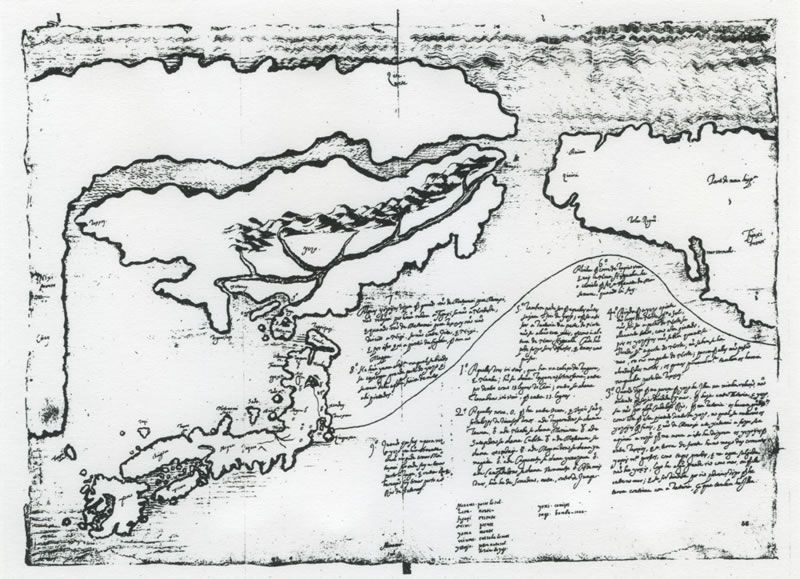
Ainu Mosir / Hokkaido, Japan
In the late 1970s, many different connections between the Ainu and the Indigenous peoples of North America and the rest of the world began to emerge.
The Ainu had long been sea-faring people who travelled widely across North-East Asia. When Edo-period Japan closed itself to the world under the Sakoku policy, the Ainu as well as Ryukyuans in the south were the only people of the so-called Japanese archipelago who continued to engage with the world at large.
Since the 1960s, Ainu delegates had been invited to visit the People’s Republic of China and learn about their government’s policies for ethnic minority cultures. They were the first overseas Indigenous peoples to be invited to China in this way. Starting in 1973, Indigenous North Americans including Stó꞉lō writer Lee Maracle would follow in their footsteps.
In 1977, a delegation of Inuit who were travelling around the cities of the Arctic Circle came to Tokyo. Whilst there, they were told about Japan’s own Indigenous people in the north—the Ainu—and travelled to Hokkaido to meet them. They invited a delegation of Ainu to come and travel across Canada and the United States to meet with different Indigenous groups there, which would take place the following year.
At the same time, many young Ainu were independently visiting the United States and began to notice the commonalities between their experiences and those of Indigenous peoples there. One such person was a young woman involved in the 1978 Delegation, who was inspired by the 1973 Lakota occupation of Wounded Knee, and the Black American Civil Rights Movement.
